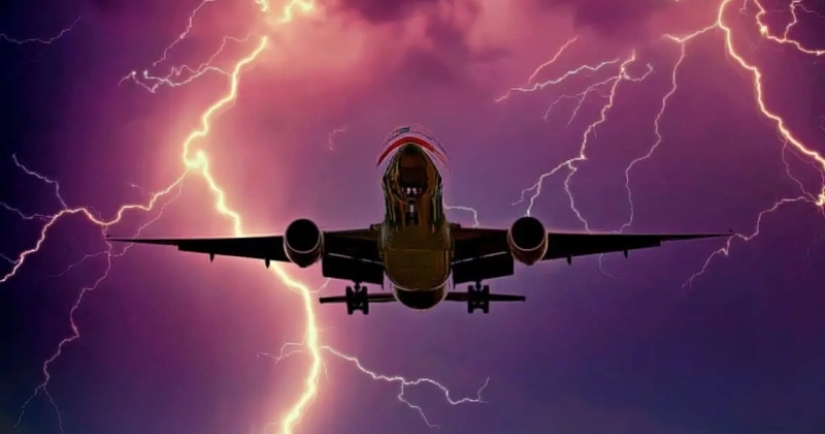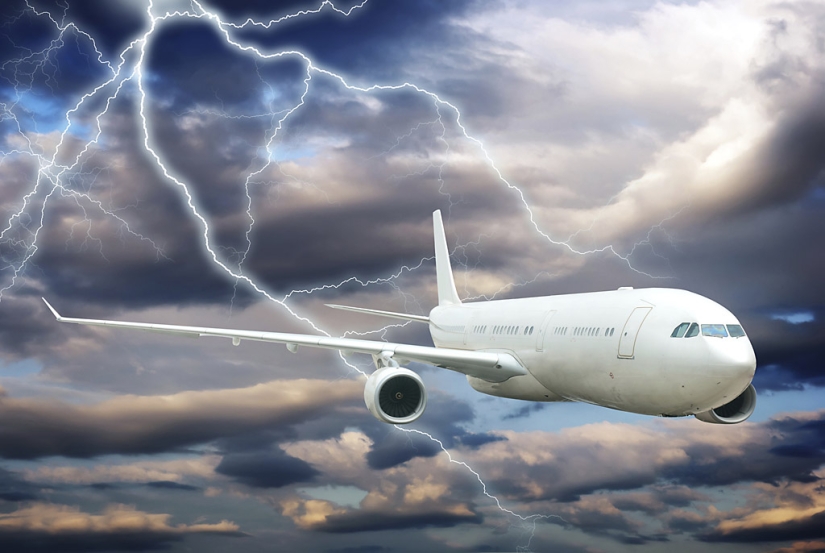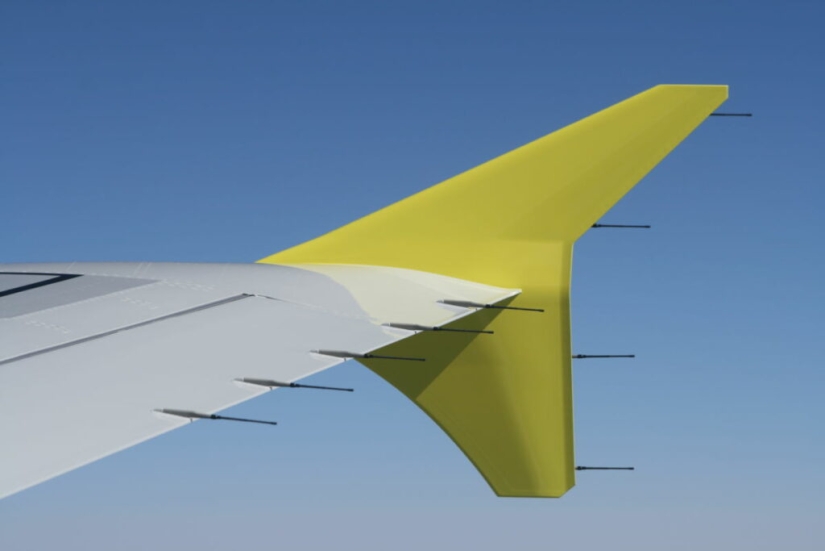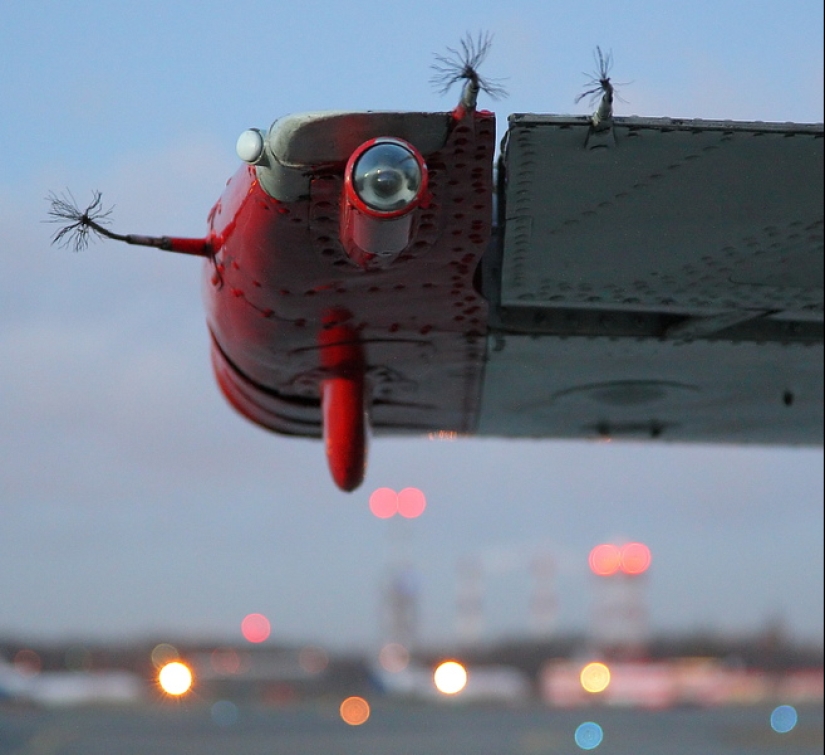What happens if a plane is struck by lightning?
Categories: Catastrophes | Technology | Travel
By Pictolic https://pictolic.com/article/what-happens-if-a-plane-is-struck-by-lightning.htmlRight now, as you read this sentence, there are 11,000 to 12,000 passenger airliners in the air around the world. Their number reaches 200 thousand per day. Of course, not all of them are in favorable conditions. Somewhere pilots are waiting for dense clouds, somewhere high turbulence, and somewhere a thunderstorm. What happens if a plane is struck by lightning during a flight? Should passengers be afraid of this?

Looking ahead, let's say that passengers in the cabin of an airliner may not even realize that lightning struck the plane. The crew in the cockpit will likely hear a muffled pop. That is, the impact of atmospheric electricity on the aircraft will not have any consequences. Of course, if the equipment is fully operational. But how do engineers achieve this level of security?

The ideal way to keep an aircraft safe in a thunderstorm is to fly around it. But that doesn't always work out that way. A plane caught in a thundercloud literally attracts lightning. This is due to static electricity that accumulates on its skin due to friction against the air, which contains dust particles.
According to statistics, for every 2500-3000 hours of flight, there is at least one lightning strike. And this means that every year thousands of aircraft find themselves in such a situation. At the same time, we do not see news about disasters associated with this phenomenon.
The greatest danger to airliners is a spark that has arisen in the fuel system due to a lightning strike. But there are other risks associated with atmospheric electricity. For example, lightning can create a strong electromagnetic field that can damage people and aircraft electronics. Propeller blades or turbine blades may melt.

The main way to protect an aircraft from lightning is to remove the static charge. It allows you to significantly reduce the likelihood of lightning strikes and its strength. For this, lightning rods are provided on the edges of the wings. In addition, aircraft are covered with a special paint, which includes antistatic components. Even in modern aircraft there is special equipment that generates a charge of reverse polarity. It helps to compensate for static electricity.
It is known for certain that most often lightning strikes the nose of the aircraft. Engineers design this part of the liner so that the charge runs through the skin without harming vital systems. Once upon a time, aircraft fuselages were made of light alloys, and this helped solve the problem.
But today, composite materials are increasingly used, which accumulate static charges well. Therefore, it is necessary to look for non-standard solutions and develop new technologies. For example, metal fibers are added to the composition of the composite. Engines, cab and fuel tanks are protected with meshes made of metals with good conductivity. Copper is ideal for these purposes.

A serious problem was the emptying of fuel tanks as fuel was consumed. The empty volume collected explosive fuel vapors. This problem was also solved. In modern aircraft, the void is filled with safe inert gases that do not burn. So during the flight you can not be afraid of lightning. Much more dangerous for an aircraft is the strong turbulence that occurs when it enters dense clouds.
Recent articles

Winter is a special time of the year, someone is afraid of her, someone is waiting for snow days to build a snowman or go down the ...

The heroes of their photos are used to humiliate others, cheerfully and carelessly shoot everything on the phone and post the ...

Every day, photographers around the world are looking for new ways to tell stories or capture something we haven't noticed ...